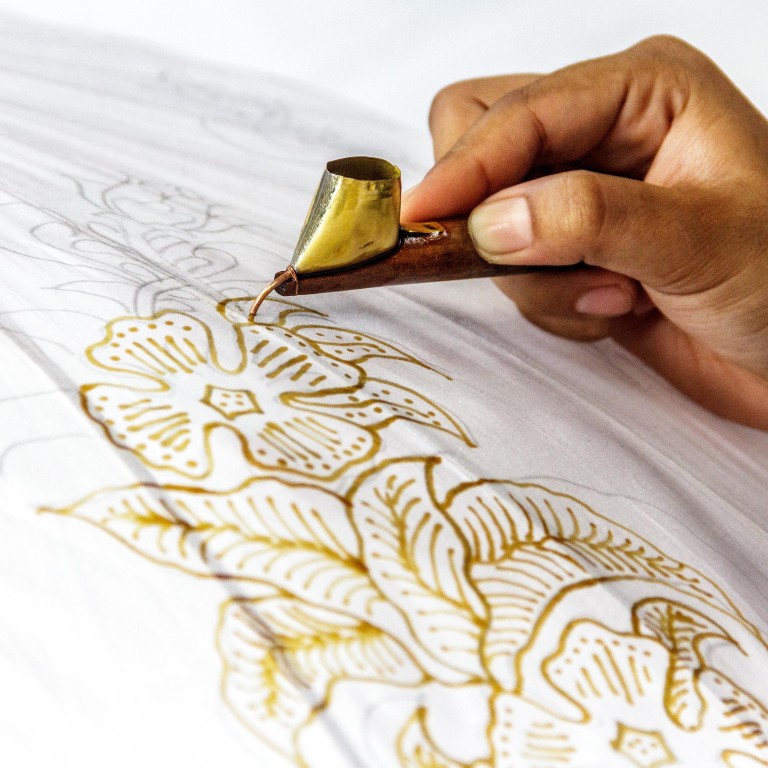
Modern batik: Malaysian fashion designer’s simple, wearable clothes, with bold designs inspired by nature
- Fern Chua wondered why batik was so entrenched in traditional wear, so she started using it for everything from shift dresses to wrap skirts
- Her signature designs – sprays of leaves, clusters of coral, cresting waves – have found a ready market both in Malaysia and internationally
Across the globe, fashion consumers are turning more and more to the artisanal.
While big luxury brands will always hold sway, the labels holding court on the street and social media are small and independently run – their clothes locally crafted, ethically sourced, mindfully made.
This trend manifests itself in different ways depending on the market. In Malaysia, it has motivated a return to traditional textiles and techniques.
Batik as a textile technique – using wax to create intricate patterns and designs that then resist layers of dye – is most famously found in Indonesia, though evidence points to the technique first being developed in Egypt, centuries ago.
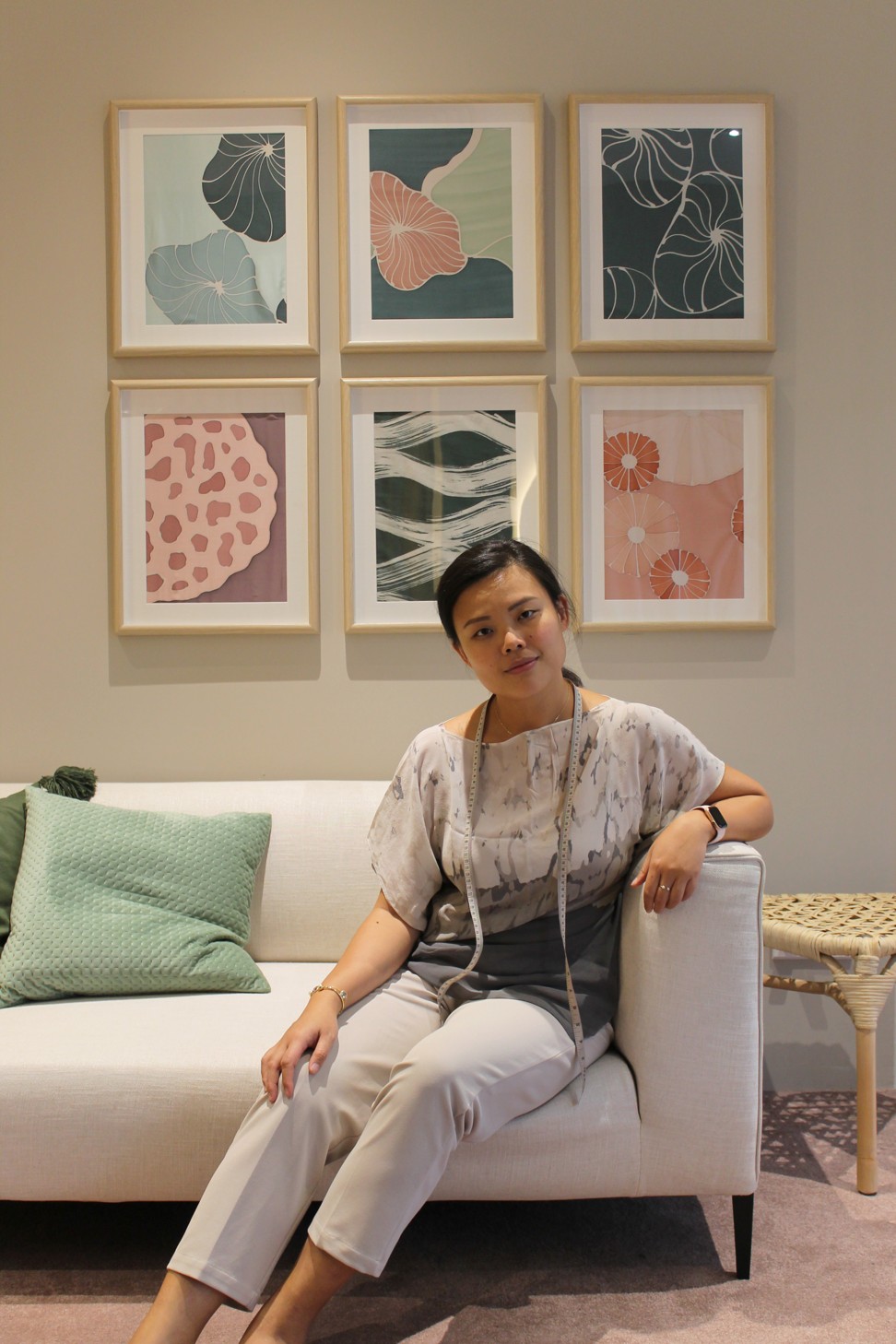
The art form is found in pockets of India, Sri Lanka and China, but it is in Malaysia and Indonesia that it is the most widespread and culturally significant. Indonesia creates and exports miles of the beautifully patterned fabric every year.

At the forefront in Malaysia is designer Fern Chua. She is the woman behind Fern, a contemporary brand of hand-drawn batik that showcases the beauty of the technique through modern designs.
It was a terrible experience that set her on her fashion path.
“Almost 10 years ago I had a car accident,” Chua tells the Post. “It really took my life for a turn. I came from a communications background and I enjoyed it but I knew that wasn’t what I was meant to be doing. The accident really shook me up. I still don’t know how I survived. It made me think, and I needed to rehabilitate my hand movement, so I decided to learn how to sew.”
Chua tucked herself into the corner of a local tailor’s shop and learned the basics from the owner: pattern-making, cutting and sewing on an ancient sewing machine.
“That gave me the fundamentals to understand how to construct a garment. And then by chance one day when I was out I saw a piece of batik and thought it was so beautiful; just a block print, blue and white. I bought it and made it into a sun dress. I thought, there’s so much potential with batik – why is no one doing anything different?”
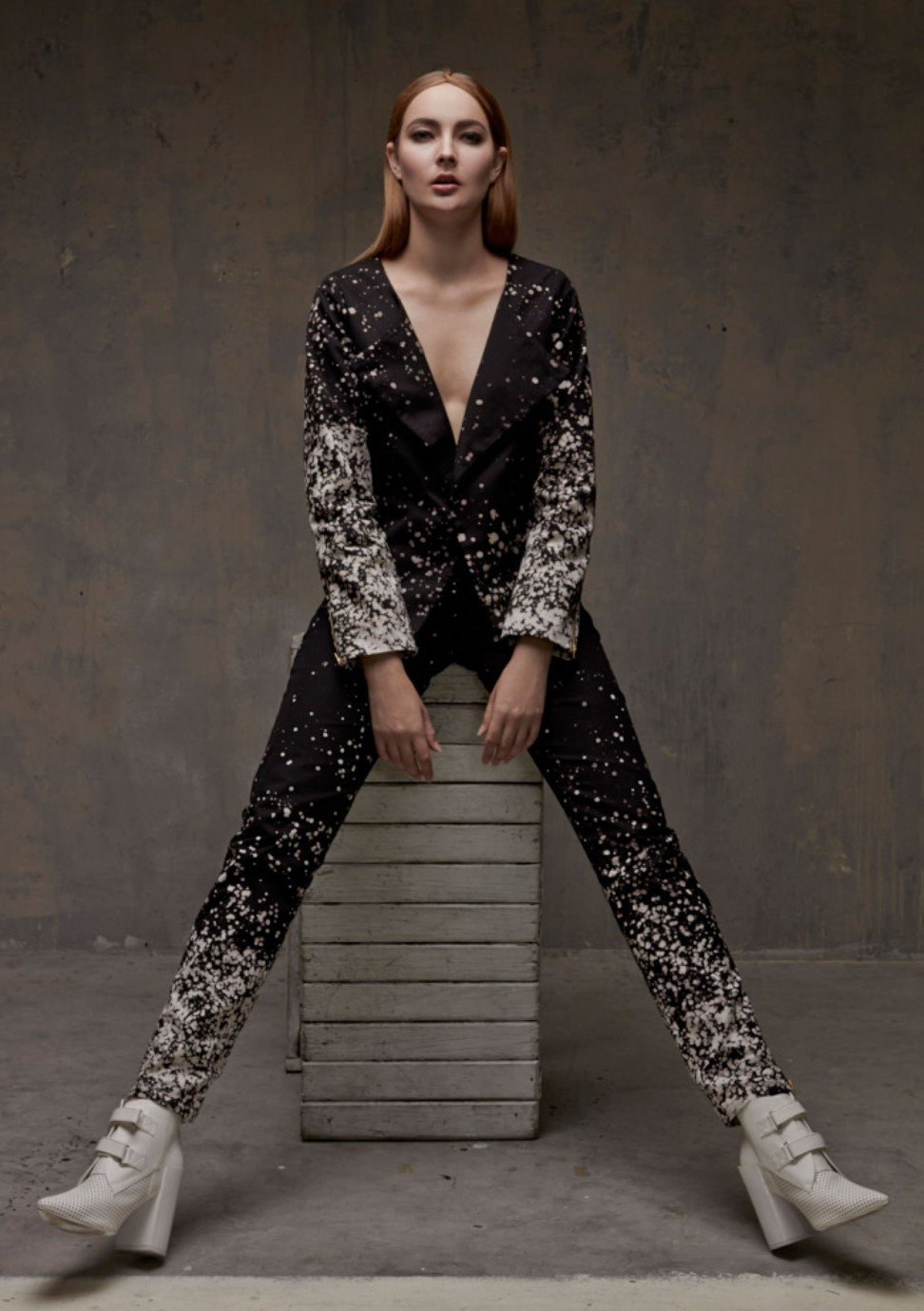
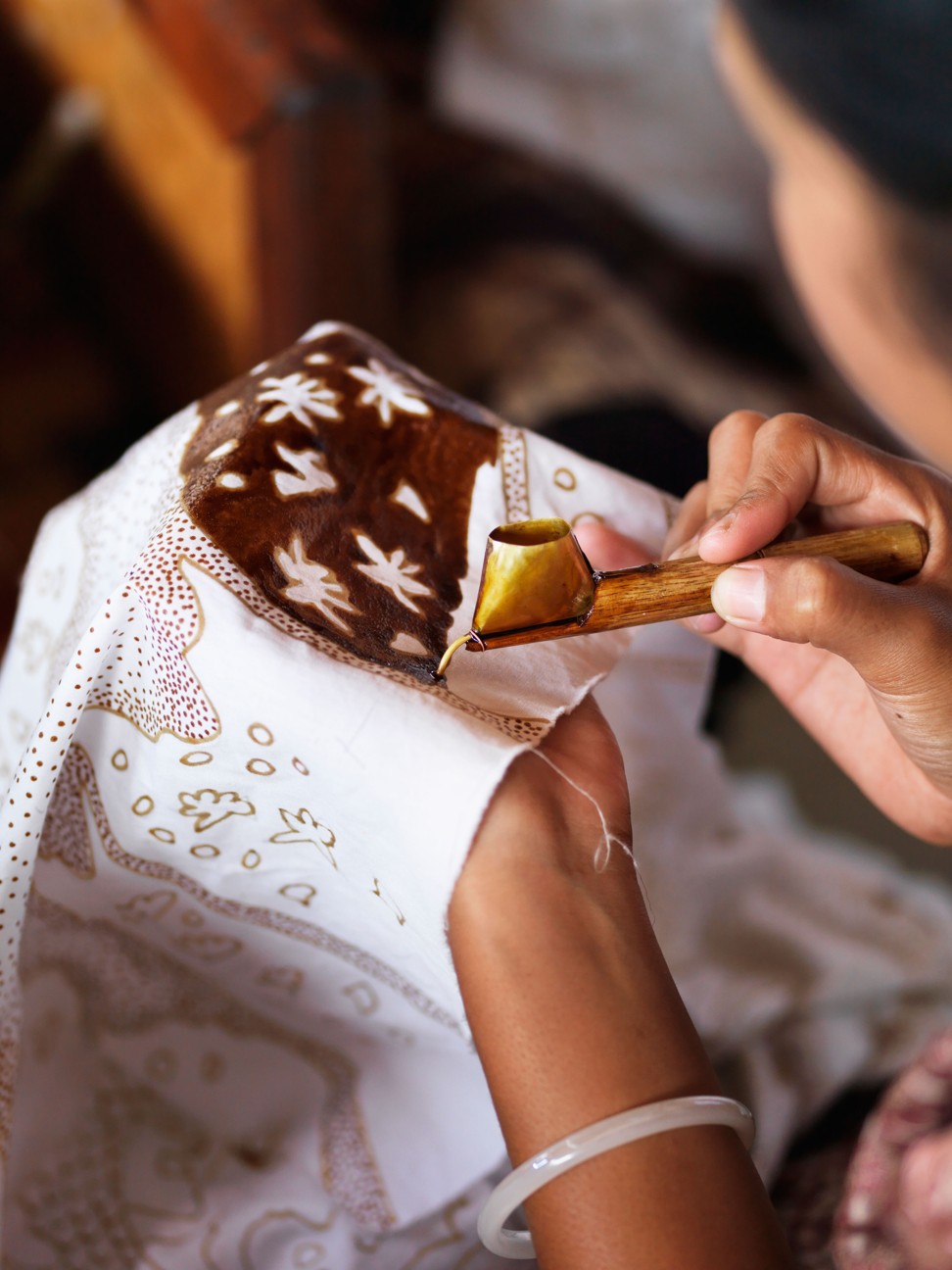
She travelled to the north of Malaysia, the stronghold of batik in the country, and learned traditional techniques from batik artists in the states of Terengganu and Kelantan. More than just the simple act of wax resisting dye, batik is traditionally associated with certain tools and motifs, and the resulting fabric is most commonly used to create traditional Malay wear: baju kurungs, sarongs and kaftans.
“But I thought: why is it so entrenched in traditional wear?” Chua says. “I wanted to try it in a different style and when I started, people thought I was a bit nuts.”
She became a batik rebel with a cause, eschewing the conventional pen-like canting tool for brushes, sponges – whatever she could use that would convey her bold, striking designs.
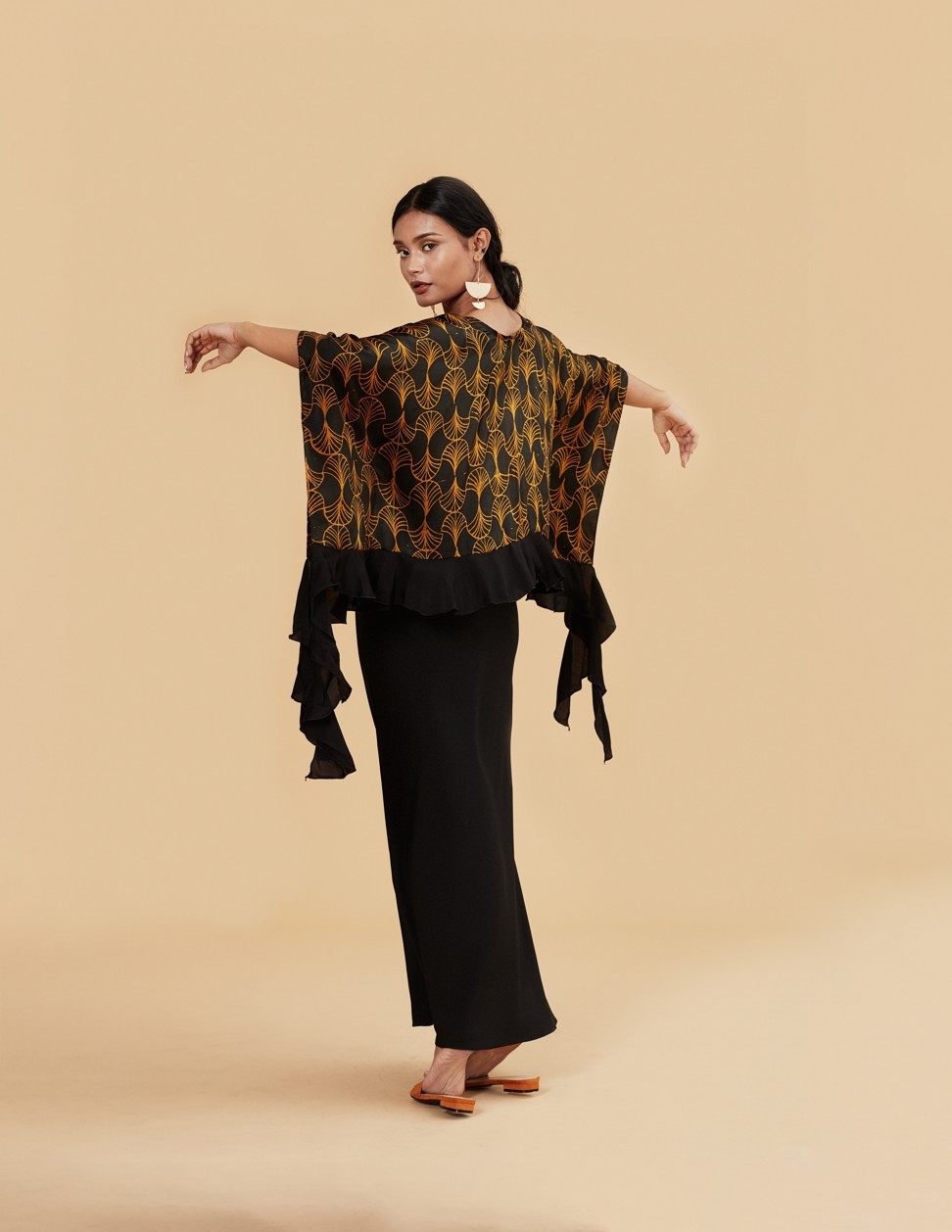
Her batik motifs are inspired by nature, but are rarely just established floral patterns. Sprays of leaves, clusters of coral, cresting waves or blown-out blooms are her signature. And while there is a nod to traditional wear in her collections, most of her pieces are simple, wearable pieces: shift dresses, easy shirts, drapey blouses and wrap skirts.
“There is a perception that batik is always about a sarong, and what used to be a traditional motif,” she says. “But batik is just the technique of getting any kind of design across – it doesn’t have to be limited. People are always asking how our designs can also be called batik, but what’s not understood is that ‘batik’ literally refers to the technique, not the style of the motif.”

Slowly, the sceptics are changing their tune. Chua has both local and international customers, and recently celebrated the opening of a new, beautiful flagship boutique in Kuala Lumpur. Walking into the luxurious Fern store is an experience; it is a powerful statement in Malaysia – that a local brand, drawn from a traditional art form, can occupy as beautiful and imposing a space as any international label.
“There’s been a definite change, and as recently as within the last two years,” Chua says. “Before that, people didn’t appreciate local brands. But now people are starting to understand that you should support local. There’s still a lot of education that needs to be done, but there has been a shift.
“Overconsumption of fast fashion is definitely one of the main reasons. People walking down the street and realising, ‘Oh my God, I’m wearing exactly the same dress as someone else!’ Literally thousands of people all wearing the same Zara dress. And that scares you. It’s this compulsive buying culture where people are just buying without thinking of the consequences.”
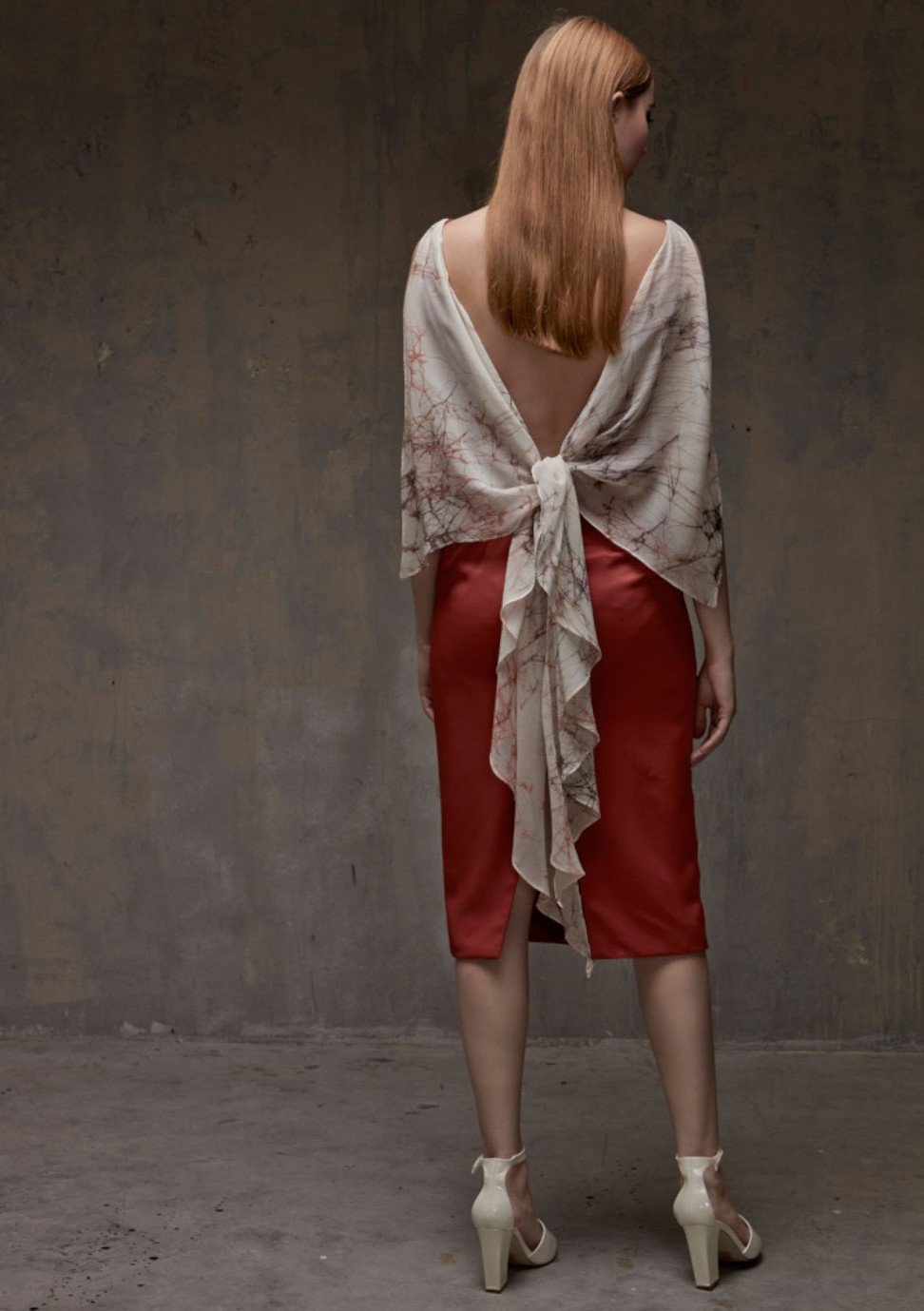
Chua’s designs are the opposite of that. All the fabrics are hand-drawn, and every garment is made in Malaysia, resulting in exclusive, individual pieces that tell a story.
“People are recognising that imperfections are perfections, you know? Realising that artisanal products have that human touch to them,” she says. “At the end of the day, batik is such a beautiful art form. And if more people can see that beauty because of what we do – that’s a really good thing.”

